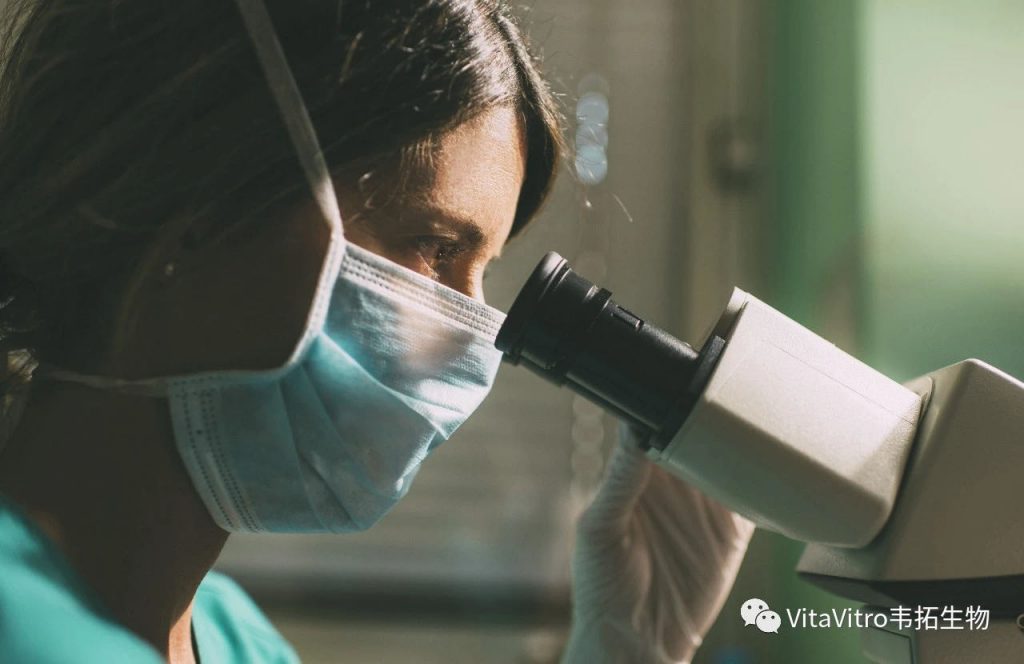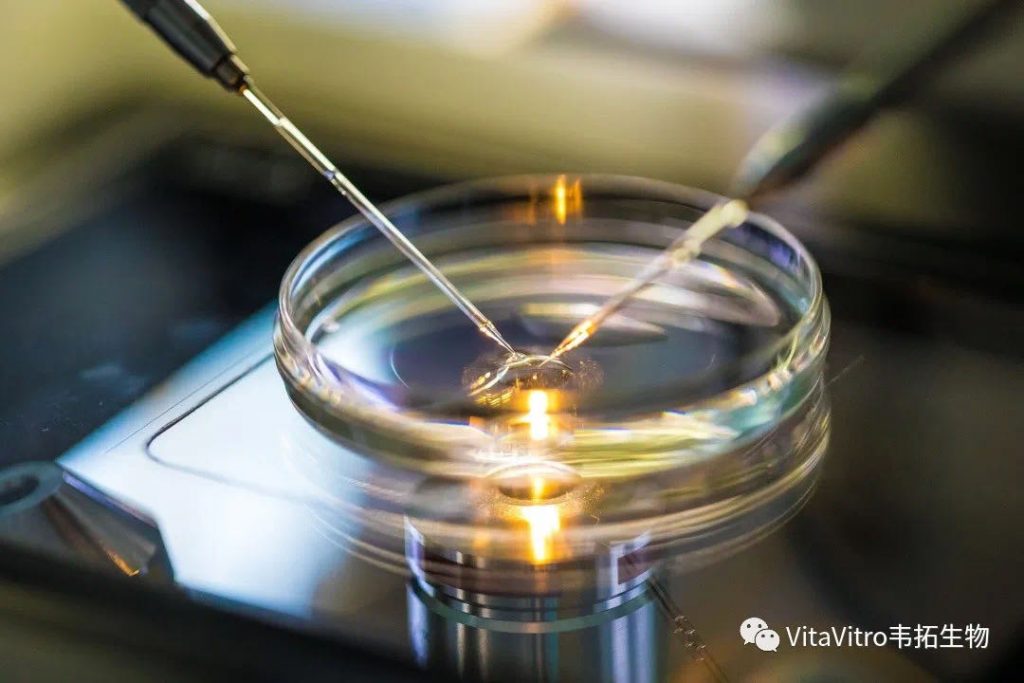Vitrification is one of the most used words in embryology - and the most misinterpreted one.
To prove this statement, please let me cite a few sentences from homepages of respected IVF clinics worldwide:
- “Vitrification is the practice of freezing an egg or embryo with extremely rapid cooling” Wrong.
- “It’s a much more complicated practice than previous ‘slow freezing’ methods” Wrong!
- “Vitrification suspends cryopreserved samples in a crystalline lattice structure” What? What???
- “Allows something with a crystalline structure to be converted into something very smooth” Really?
- “This process changes them into an almost-solid state, like glass” So, glass is almost solid? Almost?
- “Vitrification is a newer, faster method of freezing that uses smaller volumes“Is that all you can say?
And – these are prominent clinics, and frequently visited websites. What about the rest?
So, please let’s go back to the basics, and proceed to a simple, but a scientifically sound characterization.

At around the age of 10, all of us have learned in the school that there are four common phases or states of matter: solid, liquid, gaseous, and plasma. Humans live among the first three phases and experience only shortly the plasma phase at lightning, or (in a most unfortunate situation) at a nuclear bomb explosion. The transition between phases depends on various factors, predominantly temperature, but also pressure, chemical and structural composition, among others.
Cryopreservation in mammalian reproductive biology deals with structures of which the main component is water. The goal is to decrease the temperature to a level (around or below -150⁰C) where the biological activity (including destructive processes) decreases to zero. This cooling process may require phase transition from liquid to solid and is commonly realized by a structural rearrangement of water: freezing, i.e. ice crystal formation. Unfortunately, ice crystals are harmful to biological structures, disrupt membranes, destroy sophisticated organelles and kill cells-organs or organisms. Although certain plants and animals developed some protective mechanism by forming antifreeze proteins to prevent crystal formation, the efficiency of this protection is very limited and cannot be applied for ultra-low temperatures.
Fortunately, there is another way to solidify water and related biological structures at low temperatures. The process is called vitrification. The name refers glass (from the Latin “vitreum”), and in fact, it is the same phenomenon that happens at glass production from silicon dioxide, the crystalline form of which is the common sand. So, all our glassware, bottles, windows and cups are the result of vitrification. Another common example is the once very popular cotton candy (vitrified sugar) in contrast to the crystalline rock candy. Even common ironing of fabrics includes some kind of glass transition of fibres. The production of china (porcelain) is also the result of vitrification by heating of kaolin to temperature over 1200⁰C before cooling.
In general, the glass transition requires special conditions differing significantly between materials. Scientists still do not entirely understand why it happens, but most of them agree it is not really a phase/state transition. Better to say it is an extreme increase of viscosity of the solution. Just imagine: all molecules of a liquid just stop moving, and without any restructuring, remain where they are. Accordingly, vitrified water is not frozen water, and it cannot be thawed. In case of vitrification in embryology, the correct terms are cooling and warming, respectively; and with vitrified embryos, we make cryopreserved (instead of frozen) embryo transfer (Shaw and Jones, 2002) – although these reasonable rules are forgotten these days by professionals, too.
To induce vitrification in water and maintain it during the whole cryopreservation process including warming requires extreme conditions, including
- very high cooling and warming rates. A common explanation is: not to allow time for ice formation. I am not sure if this (seemingly plausible) explanation is entirely correct, but for a reproductive biologist, the “why” is less important than the “how”. Fortunately, there are relatively simple ways to achieve 15,000 to 20,000⁰C/min rates for both cooling and warming in a common embryo laboratory. However, that is not enough for pure water to vitrify. We need additional tricks.
(It should be noted in parentheses that some scientists and companies suggest: cooling rate is less important than the warming rate. However, as their proof is rather feeble and the general experience does not support this opinion, I prefer to say – the speed of both cooling and warming is very important.)
- another way to facilitate vitrification is to increase pressure – but to reach the required extreme pressure levels is completely impossible while working with the samples. So, this option seems to be a dead end.

- we need to add cryoprotectants. These chemicals and/or organic additives prevent ice-formation (freezing) in two different ways. 1. By osmotic effect, they remove water from the cells, resulting in the concentration of organic molecules and hampering ice formation. 2. By entering cells and/or connecting to the external membrane and protecting structures from cryo-damages. Again, I have to admit that these mechanisms are not very well understood – but they work.
- we also need to decrease the volume of the solution to avoid accidental freezing called ice nucleation that is more likely to happen in large volumes. Fortunately, the small volume is very practical also to achieve high cooling and warming rates. A piece of pure luck.
(- our luck does not stop here. By arranging proper conditions for vitrification we may avoid two other sources of problems that were common in traditional slow-rate freezing: fracture damage and chilling injury - see discussed later).
- to meet all requirements listed above, we have to establish a highly standardized technique ensuring an efficient, harmless process that is easy to learn and repeat with a consistent, appropriate outcome.
But that is our job – the ART of embryologists.
… and why do we like it?
30 years ago, when I started to work in embryology, vitrification was still an emerging new technology, rather a curiosity. Unfortunately (or fortunately?) our bovine IVF blastocysts did not survive the traditional slow-rate freezing procedure. In desperation, we have started to make some trials with vitrification using the (that time) up-to-date method of my friend, Kazuhiro Saeki, Hokkaido, Japan. We worked with 0.25ml standard insemination straws, relatively slow cooling rates (vapour-phase stepwise cooling was required to avoid the fracture of sealed straws), and eventually, we got more or less appropriate survivals, even pregnancies. It was good, but still not optimal.
Then in 1997, we had a conference in Nice, France; wonderful mediterranenan atmosphere, charming city, beautiful sea. Unfortunately I was stuck in a crowded evening workshop dealing with vitrification. Wise old men analyzed reasons of our inefficiency, listing endlessly dead ends and fiascos. I was bored, wanted to escape, to go to the beach, drink a beer, but could not reach the door. To suppress my anger, I took a small piece of paper and tried to find a solution to the problem that the big scientists were unable to resolve.
I arrived back to Denmark on a cold, windy evening. I went immediately to the empty lab and tried to produce the tool according to my sketch. The day after I made some preliminary trials on bovine embryos. It worked beautifully. In several hours, I also discovered some hidden benefits of this new application. In a few weeks, I refined the method, adjusted parameters, and asked my friend on the to measure the cooling rates. He has sent me the results with congratulations: the outcome was better than expected: 16,000 to 25,000⁰C/min. In three months, I had data enough for a paper that has been cited more than 1,200 times, so far. It has become one of the most referred publications in mammalian embryo cryopreservation (Vajta et al., 1998).
This is the story of the creation of the first purpose-made tool for high-speed vitrification, the OPS.
You may understand why I like it. During the subsequent 3-4 years, I vitrified practically everything available in domestic animal embryology – rather successfully -, and the OPS was also used for great achievements in human ART, including the first human baby from vitrification of human oocytes and zygotes, and the most efficient approach for cryopreservation of human embryonic stem cells (Kuleshova et al., 1999; Selman and El-Danasouri, 2002; Reubinoff et al.2001).
And, for the second part of the question – why you should love vitrification – my answer is: it is a fantastic, unique mixture of an archaic manual laboratory method – resembling 100-150-year old techniques of our predecessors – to obtain 21st-century achievements. By working with vitrification, you are a pioneer in the valleys of California or a Chinese miner in the rich goldfields of Australia, and at the same time, you are a key player in one of the most fascinating projects of our century. To save infertile couples from a lifetime tragedy, to realize the dreams of millions of present and future families, to open entirely new perspectives for human ART with some simple tools, solutions, and manual operation, to work alone in a key procedure of a sophisticated chain of technologies and with tens of highly qualified specialists, resulting in eventually a human life – that is vitrification.
Reference:
Are programmable freezers still needed in the embryo laboratory? Review on vitrification. Vajta G, Nagy ZP.
Reprod Biomed Online. 2006 Jun;12(6):779-96. Review. PMID: 16792858

